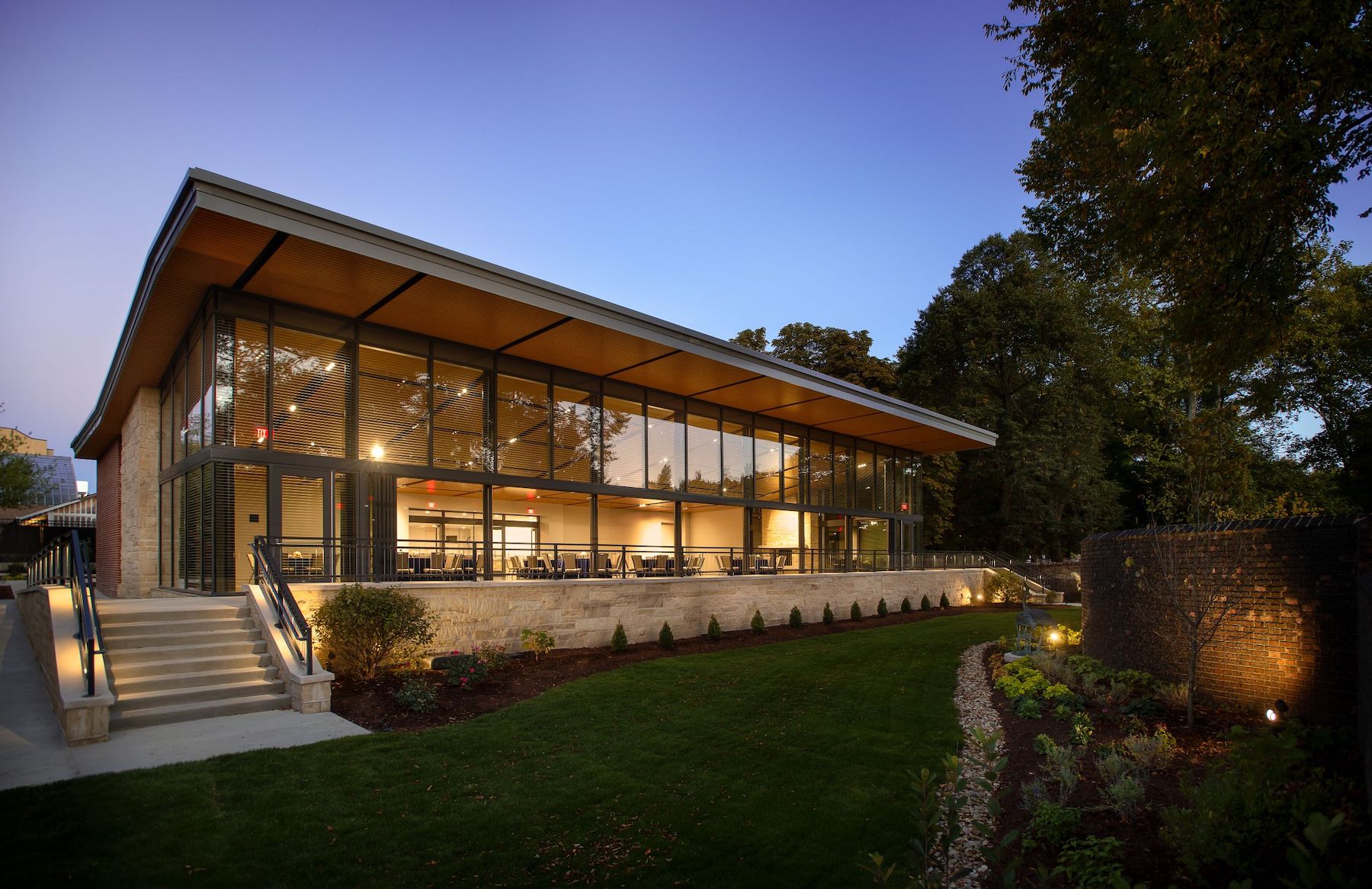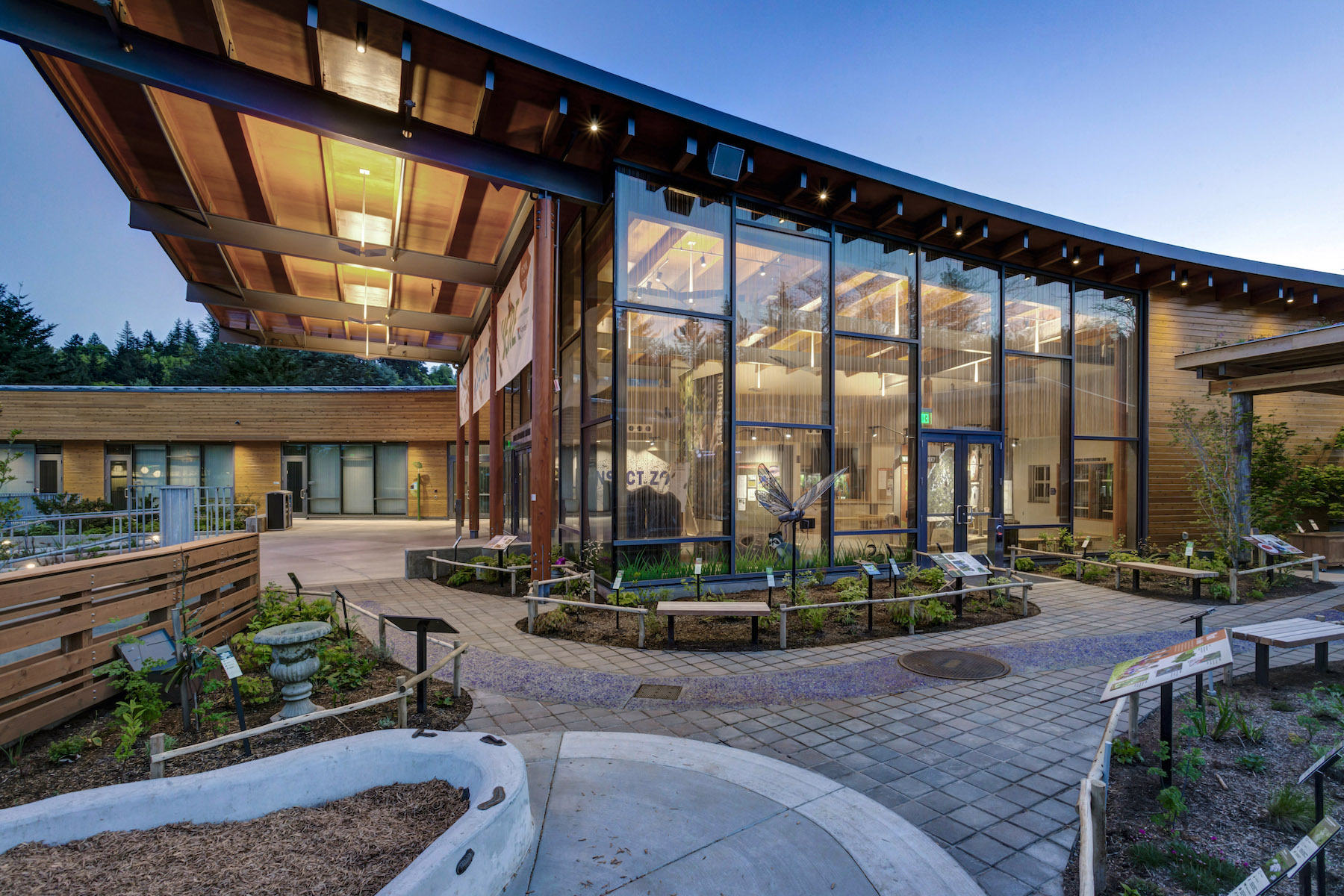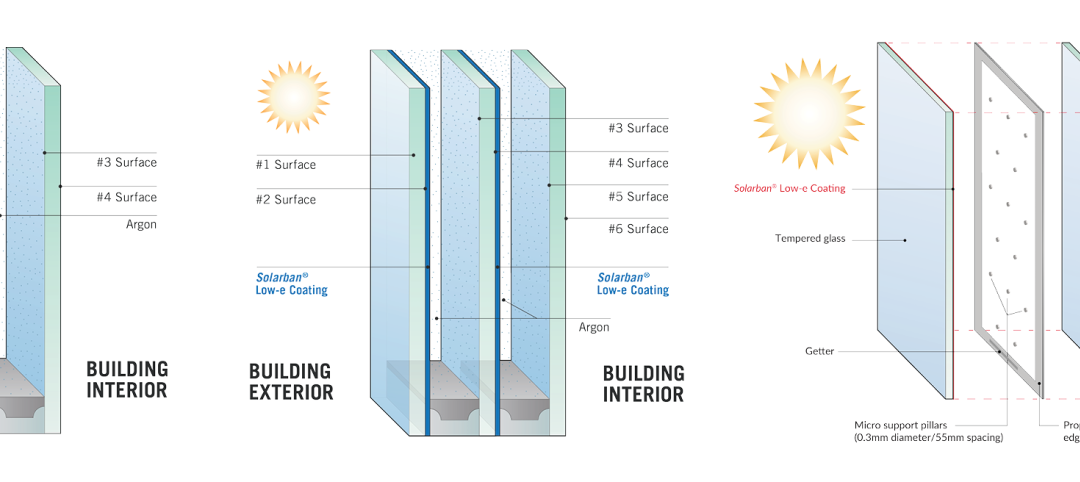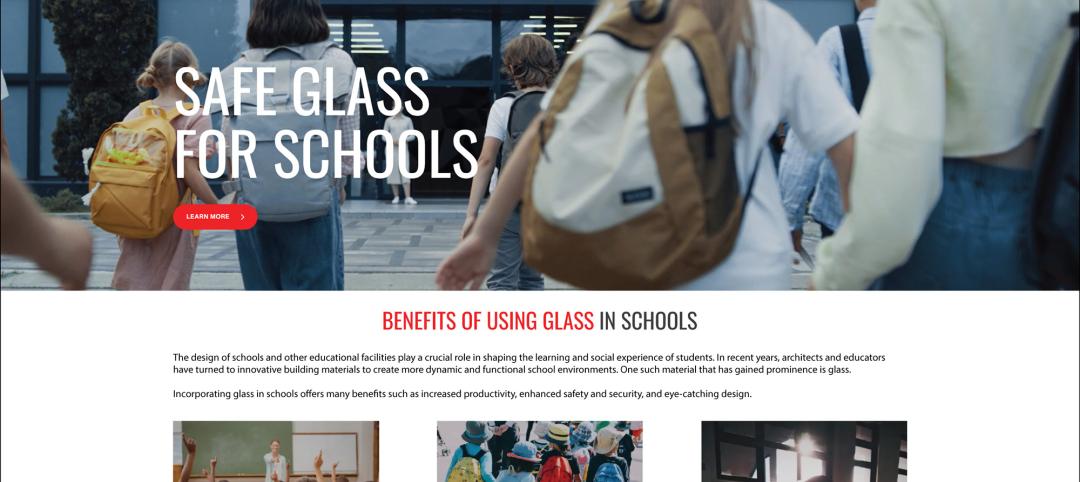While glass is one of the most economical, versatile and beautiful building materials, collisions with glass remain a major cause of bird mortality in North America. This has led to a surge in legislation for bird-safe building materials in North America and beyond.
Last year, the Bird-Safe Buildings Act was passed by the U.S. House of Representatives. Meanwhile, the National Glass Association (NGA) leads a bird-safe glazings advocacy effort. Some municipalities, such as New York City, even require bird-safe glass on certain building types.
Saving Birds Lives While Saving Energy
Industry standards are emerging in relation to bird-friendly glass. Glasses today are often evaluated against the 2″ x 4″ rule, based on the idea that birds will not attempt to fly into spaces they detect as being less than 2 inches high and 4 inches wide. Glasses can be assigned “threat factors,” which measures the potential risks a glass can pose to bird populations.

In coming years, bird-safe glass is expected to gain in preference and find its way into more local building codes and architect demand is expected to accelerate.
Meanwhile, increasingly stringent energy codes and a global drive for sustainability demand excellent energy performance in glass products.
A Sustainable, Bird-Safe Solution
The partnership between Walker Glass and Vitro provides a bird-safe glazing solution while saving energy. AviProtek® E bird-safe low-e glass helps architects and building owners satisfy new regulations for bird-friendly building design, achieve their environmental goals, earn LEED® credits and meet solar-performance targets.
AviProtek® E glass has received numerous accolades over the years and is the only bird-safe glass product available with an Environmental Product Declaration (EPD). This allows architects to secure an additional LEED point for their projects using Pilot Credit 55 related to bird deterrence. It also meets California building legislation requirement (AB262) enacted in 2020. AviProtek® E also has a Health Product Declaration (HPD), which contributes to LEED points in the Materials & Resources (MR) Category.
An Alternative to Ceramic Frit
While ceramic frit is commonly used to satisfy bird-safe glass requirements, acid-etched visual markers — such as those used in AviProtek® E bird-friendly glass — are generally more effective when optimized for energy efficiency. By placing acid-etched visual markers on the first surface of an insulating glass unit (IGU), which is preferred to prevent bird collisions, a solar control, low-e coating can be applied to the second surface—which is ideal for optimizing performance.
Ceramic frit is not optimized for the first surface of IGUs. When ceramic frit is placed on the first surface, the low-e coating must be placed on the third surface, potentially compromising energy performance.
To learn more about bird-friendly glass from Vitro Architectural Glass and Walker Glass, visit www.vitroglazings.com/birds.
Related Stories
Glass and Glazing | Oct 7, 2024
Pattern language: An exploration of digital printing on architectural glazing
Architectural Glazing has long been an important expressive tool which, when selected and detailed thoughtfully, can contribute to the successful transformation of architectural concepts to reality.
Products and Materials | Aug 31, 2024
Top building products for August 2024
BD+C Editors break down August's top 15 building products, from waterproof wall panel systems to portable indoor pickleball surface solutions.
Glass and Glazing | Aug 16, 2024
The next generation of thermal glazing: How improving U-value can yield energy savings and reduce carbon emissions
The standards for energy-efficient construction and design have been raised. Due to the development of advanced low-e coatings for the interior surface and vacuum insulating technologies, architects now have more choices to improve U-values wherever enhanced thermal performance is needed to create eco-friendly spaces. These options can double or even triple thermal performance, resulting in annual energy savings and a positive return on carbon.
Curtain Wall | Aug 15, 2024
7 steps to investigating curtain wall leaks
It is common for significant curtain wall leakage to involve multiple variables. Therefore, a comprehensive multi-faceted investigation is required to determine the origin of leakage, according to building enclosure consultants Richard Aeck and John A. Rudisill with Rimkus.
Products and Materials | Jul 31, 2024
Top building products for July 2024
BD+C Editors break down July's top 15 building products, from Façades by Design to Schweiss Doors's Strap Latch bifold door.
Products and Materials | May 31, 2024
Top building products for May 2024
BD+C Editors break down May's top 15 building products, from Durat and CaraGreen's Durat Plus to Zurn Siphonic Roof Drains.
Codes and Standards | May 10, 2024
Specification for field testing newly installed storefronts, curtain walls, sloped glazing systems updated
The Fenestration and Glazing Industry Alliance (FGIA) updated a specification establishing requirements for field testing newly installed storefronts, curtain walls, and sloped glazing systems.
Products and Materials | Apr 30, 2024
Top building products for April 2024
BD+C Editors break down April's top 15 building products, from CLiC On-demand Privacy Glass to NovaCore Thermal Insulated Sheathing.
75 Top Building Products | Apr 22, 2024
Enter today! BD+C's 75 Top Building Products for 2024
BD+C editors are now accepting submissions for the annual 75 Top Building Products awards. The winners will be featured in the November/December 2024 issue of Building Design+Construction.
Fire-Rated Products | Apr 16, 2024
SAFTI FIRST launches redesigned website
SAFTI FIRST, leading USA-manufacturer of advanced fire rated glass and framing systems, is pleased to announce the launch of its newly redesigned website, safeglassforschools.com.

















